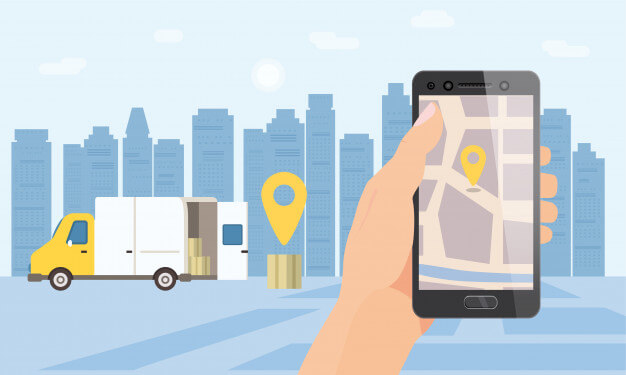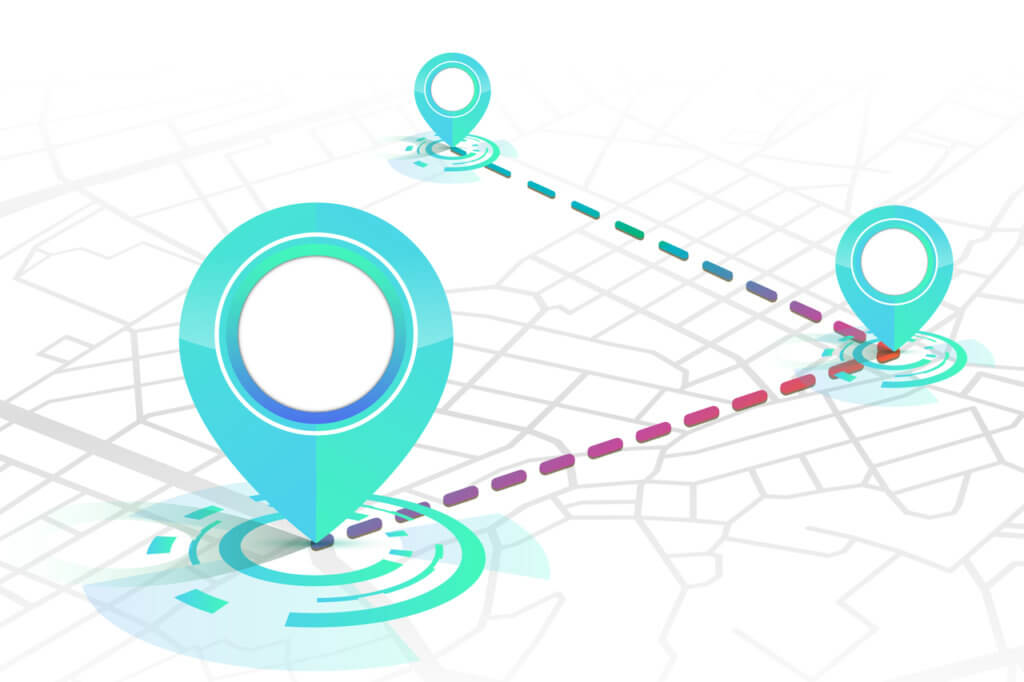In the last decade, the boom in global e-commerce has necessitated the need for a robust supply chain that can work with 100% accuracy and operate at lightning speed. Any system that is both fast and accurate is tough to set up & can only be accomplished with a fair amount of adoption of cutting-edge technology.
This article will discuss how Mobile Telematics has impacted First Mile Carrier Tracking and Last Mile Carrier Tracking (the two major legs of the e-commerce supply chain).

What is First Mile Carrier Tracking & Why is it Important
First Mile Delivery (as evident from the name) is the tracking of goods during the first leg of the supply chain. The “first mile” differs by industry and depends on the business model. For example, consider the case of a seller on Amazon. When this seller receives an order, they need to transfer the goods from their own warehouse to Amazon’s warehouse. Amazon then transfers the goods to the end buyer. In the case of the seller, the first mile could be:
- The transfer of goods from their own warehouse to the relevant Amazon warehouse.
OR
- The transfer of goods from their own warehouse to an intermediary collection point.
For Amazon, the first mile could be the collection of goods from the initial warehouse to possibly the shipping point. First Mile tracking tracks the status and location of goods during the first-mile delivery.
First-mile tracking is important because:
- First Mile delivery defaults & delays disturb the entire delivery process leading to customer dissatisfaction.
- First Mile delivery, in many cases, happens between 2 different organizations or business entities. Thus, there is a chance of losing visibility of progress during transit.
- Proper visibility of first-mile delivery also helps address bottlenecks and better route planning- eventually bringing down delivery costs.
What is Last Mile Carrier Tracking & Why is it Important
Last Mile delivery is the final leg of the delivery process. Going back to the Amazon example, the Last-mile would be the delivery from the local Amazon warehouse to the end buyer.
Last-mile logistics is complicated due to a large number of potential end-points (buyer addresses in the case of e-commerce). At the same time, it is essential as it impacts customer satisfaction to a great extent. Any product damage during last-mile delivery or any unplanned delay can lead to a severe loss of reputation for the seller.
Last Mile Tracking is highly critical:
- As mentioned above, defects and delays need to be minimized during the last mile delivery and cannot happen without proper tracking.
- In some cases, the last mile delivery is handled by local 3rd party logistics partners. There is, therefore, a solid chance to lose visibility during the process.
- Last mile delivery takes much time to optimize, especially due to many destinations. A company needs the maximum amount of data to identify critical paths and optimize accordingly.

Using Telematics for First Mile and Last Mile Tracking
Traditionally, goods were tracked during the shipping and delivery process in the following ways:
- Manually, using interim checkpoints.
- Using packaging that can be tracked. Examples would be using packages with RFID tags and packages with a disposable GPS tracker.
- Using traditional Telematics devices such as OBDs (On-Board Diagnostics).
However, these processes aren’t optimum in terms of cost efficiency and accuracy. For example, even single-use GPS trackers substantially increase the cost of packaging. It is also difficult to ensure whether a 3PL logistics partner uses working OBDs in all their vehicles.
Mobile telematics provides an alternate approach for tracking goods during the first mile and last delivery. The concept is pretty straightforward: Instead of tracking the goods delivered, we track the personnel who are delivering the goods.
In most geographies today, smartphones are used by almost the entire population. If that wasn’t the case, we wouldn’t have seen the boom of ride-hailing and food delivery apps. We need to install the telematics app on the smartphones of the delivery personnel.
By tracking the personnel (instead of the goods or vehicles), we can not just track the location of goods but can also track the following:
- Driving Pattern (This makes drivers more accountable).
- In case of accidents, the app data can provide the black box information for insurance purposes.
- Avoid instances of data corruption due to fake GPS etc.
- Not lose data flow even when vehicles are changed (a limitation of traditional OBD).
Conclusion
Delivery and shipping tracking is one of the many applications that is contributing to the $46 Billion worth of the Global Telematics industry. With increased high-speed internet penetration in populous countries like China and India, we can expect mobile telematics to rule the roost in the days to come.
Are you looking for an easy way to build a Telematics solution for delivery tracking? You can check out Damoov’s suite of easy-to-use APIs & SDKs.
Frequently Asked Questions (FAQs)
What is first mile tracking?
First Mile Tracking is the process of tracing the transportation of goods along the first leg of the supply chain. Examples of these complex processes are managing multiple locations for loading and unloading of deliveries, scheduling different drivers, and integrating several order ID numbers.
What is last mile tracking?
Last Mile carrier tracking is the process of providing real time visibility to the end customers about their shipment such as package location, Estimated arrival time, driver name and number.
What is last mile delivery example?
Last mile delivery refers to the last leg of supply chain operations. A product’s journey from a warehouse to the doorstep of the end-customer. This last step of the delivery process is most critical and should be well managed for speedy shipping. For example, Last-mile would be the delivery from the local Amazon warehouse to the end buyer.
Useful links
- Company website: https://damoov.com
- Open-source telematics app: https://damoov.com/telematics-app
- Telematics SDK: https://damoov.com/telematics-sdk
- Telematics API: https://damoov.co/api-services
- Developer portal: https://docs.damoov.com
- Datahub: https://app.damoov.comm
- Github: https://github.com/Mobile-Telematics

